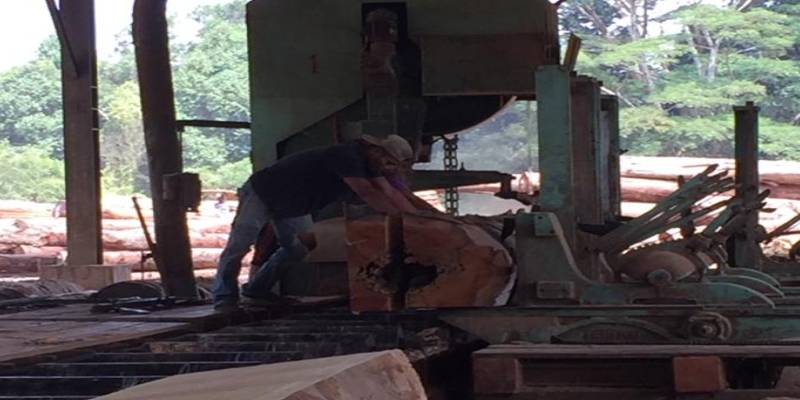Sawmilling hardwoods is a throughput process where raw timber begins a journey through automated advances and emerges as a smoothly finished item. Modern sawmills work as an on-request, get through the framework with the mechanized mill parts sitting between the front end loggers and the tail end marketplace.
The sawmill process includes numerous deliberate choices during these means. Although today’s sophisticated computerization maximizes productive log use and eliminates a ton of guesswork, an advanced sawmill activity actually depends on the sharp eye and quick hands of experienced worker. Here are the process steps engaged with making a sawmill work:
Felling: Loggers cut or fell standing trees in different woodlots. Today, there are few unique or old-development types of woodland left in the world. Most crude log stock comes from second or third development woodlots. Trees are limbed in the backwoods prior to getting stacked for transport to the sawmill site.
Debarking: The initial on-site sawmill step is debarking the entire logs. A few factories utilize water-stream blasters instead of using debarking machines like mechanical ring cutters. Bark waste is a significant result, adding an incentive for the sawmill as arranging mulch or fuel for the sawmill’s kilns. Logs are additionally kicked with a round saw into explicit lengths at this stage.
Metal detecting: Examining the log for metal tainting is an important step in preventing ruined saw edges or sending shrapnel through a lot. Any logs containing metal go for an auxiliary assessment. On the off chance that the metal can be taken out, the entire log returns into the creation line. If not, it’s rescued in little segments.
Merchandising: This is a basic advance in current automated sawmill activities. Laser scanning or camera seeing evaluations the raw timber for its greatest cut worth. This data figures out what sizes of wood, dimensional timber and sheets can emerge out of a specific log. Merchandising takes in something beyond the log’s length and size. It surveys each log for market conditions and standing orders.
Head rig sawing: You can say the head rig is the core of a sawmill. Prepared logs get braced to transport and take care of to the head rig saw. In certain sawmills, the transport is a fixed carriage, and the head rig moves its edges the long way through the log. Few advanced head rigs can follow a log’s normal bend for maximum wood capture.
Inclining: The head rig cuts the sign into segments called cants. The first or essential breakdown is known as the best opening face (BOF). This sets a level surface to square the work for secondary cants that transform into harsh sizes for completed timber items.
Edging and trimming: Moving along in the process, you’ll discover the edging and managing steps. Here woods, sheets and dimensional timber get their sides sliced to fit a rough grade size.
Grading, and drying and All timber products emerging from a sawmill are gotten in a quality control measure. This guarantees lumber pieces get separated into similar batches. All wood entering a sawmill factory is considered “green” or having a high moisture content. Once graded, woods either air dry or get placed in kilns for forced drying. Planning is the last sawmill step before packaging and delivery.
WHERE CAN I GET SAWMILL SUPPLIES?
Your best source for sawmill supplies is Montco in Malaysia. For more information on what you can get from Montco in Malaysia, check our sawmill products.

